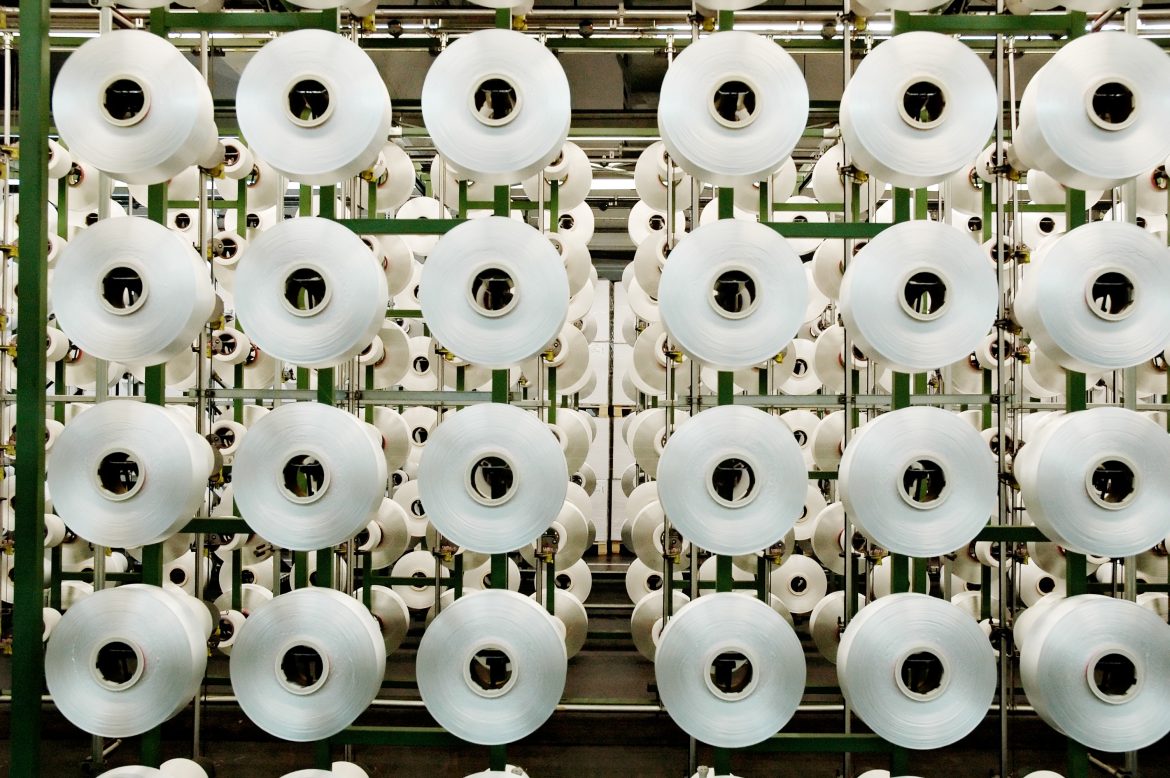

IS RECYCLED POLYESTER HOT ENOUGH FOR YOUR SWIMWEAR?
Hey, trendy rebels! Let’s talk about a fabric that’s making waves in the fashion scene – Recycled Polyester. Ready to explore this sexy eco-choice for your swimwear?
POLYESTER: THE BAD BOY OF FABRICS
Polyester, baby! This is the OG synthetic fiber, born in a lab in the ’30s. It’s used in everything from packaging to clothing, and it’s got an attitude. No stretching, no shrinking – just sheer confidence and style. It’s like that edgy lover you can’t resist.
NATURAL VS. RECYCLED POLYESTER: A SHOWDOWN OF SUSTAINABILITY
So, here’s the juicy part. Recycled Polyester takes PET (yup, the stuff in your plastic bottles) and transforms it into fashion gold. With over 22.67 billion tons of polyester produced every year, it’s the cool kid in sportswear – stretchy, sweat-proof, and always in demand.
But, is it eco enough for you?
RECYCLING POLYESTER: NAUGHTY MICROPLASTIC SECRET?
Let’s spill the tea, darling. Just like its bad-boy cousin, recycled Polyester can’t resist shedding microplastics when you wash it. But is this fashion rebel truly sustainable or just putting on a show? Is it playing hard to get with the planet? Let’s find out.
SEXY SUSTAINABILITY
The fashion industry can be dirty, but we’re here to clean things up. ZLCOPENHAGEN is just a drop in the ocean, but together, we can make a splash that saves the planet. When fashion meets sustainability, it’s a hot, seductive affair. How can we overcome the recycling of the polyester. By chooing nylon, polyamide, thts the difference.
WHAT IS THE MAIN DIFFERENCE
ECONYL®: TURNING TRASH INTO SWIMWEAR SENSATION
In our swimwear collection, we’ve got a secret weapon – Regenerated Nylon with Econyl®. It’s like giving discarded materials a second chance at stardom.
ECO-SLAYING WITH ECONYL®
Join our eco-revolution! We’re diverting waste from our ecosystems and transforming it into sizzling swimwear. Dive into sustainable fashion, be a part of the change, and let’s make waves together.
Regenerated Nylon with Econyl®: Sustainability Never Looked So Sexy
Discover the seductive allure of sustainable swimwear. Dive into the world of ZLCOPENHAGEN and Econyl® – it’s a passionate partnership to save the planet, one sexy swim at a time.

ECO-SLAYING WITH ECONYL®: ZLCOPENHAGEN’S NAUGHTY GUIDE TO SUSTAINABLE SWIMWEAR
Hey there, you daring fashion enthusiasts! Buckle up because we’re about to take you on a wild ride through the world of sustainable swimwear. At ZLCOPENHAGEN, we’re not your typical fashion brand. We’re here to spice things up and show you that being eco-conscious can be downright sexy.
MAKING WAVES WITH SUSTAINABLE SWIMWEAR
Let’s dive deep into the ocean of style and sustainability. Our mission is simple: redefine your beach experience with sustainable swimwear that makes you look stunning and feel like a rockstar. Say goodbye to boring beach attire and hello to a world where fashion meets responsibility.
EMBRACE THE ECO-REVOLUTION
In the past, fashion came at a steep environmental cost. But today, we’re riding the waves of change with sustainable swimwear that’s as hot as it is eco-friendly. Imagine hitting the beach, knowing that your swimwear isn’t just a fashion statement; it’s a pledge to protect our planet. It’s time to join the eco-revolution and leave your mark on the sands of time.
DIVE INTO SUSTAINABLE MATERIALS
Our swimwear is crafted from regenerated nylon, thanks to our partnership with ECONYL®. Picture yourself in swim trunks made from discarded fishing nets and other waste materials. You not only look incredible but also contribute to cleaner oceans and a brighter future for our world.
BEYOND SWIMWEAR, IT’S A LIFESTYLE
But our mission doesn’t end with swimwear. It’s about adopting a sustainable lifestyle that oozes sexiness. Imagine strolling down the beach hand in hand with your partner, setting an example for others. By choosing eco-friendly swimwear, you’re creating a ripple effect of positive change.
CONFIDENCE, COMFORT, AND STYLE
Now, let’s talk about the dream – walking along the shoreline with unparalleled confidence. Our swimwear isn’t just about saving the planet; it’s about feeling comfortable in your own skin. Imagine the joy of wearing swim trunks that fit perfectly, enhance your physique, and make you the center of attention for all the right reasons.
FANTASY MEETS REALITY
Close your eyes and imagine this: You and your partner on a pristine beach, both wearing ZLCOPENHAGEN swimwear, basking in the sun, and feeling like the stars of a romantic movie. It’s not just swimwear; it’s the beginning of unforgettable memories and shared adventures.
TOGETHER TOWARDS A BETTER WORLD
Here’s the dream we’re all chasing – a world where plastic waste no longer mars our landscapes and pollutes our oceans. With each pair of swim trunks, we’re one step closer. Imagine a future where every beach enthusiast is an eco-warrior, and every coastline is clean and pristine.
DIVE IN, MAKE A DIFFERENCE
In conclusion, sustainable swimwear isn’t just a fashion choice; it’s a statement of your commitment to a better world. It’s the dream of enjoying the beach with pride, knowing that your choices matter. So, dive into the world of ZLCOPENHAGEN sustainable swimwear, make a difference, and let’s create a brighter, cleaner future – one wave at a time.
CATCHY AND RELATED TOPICS
Looking for more ways to slay with sustainability? Check out these exciting topics:
- ECONYL®: The Ultimate Eco-Fabric
- ZLCOPENHAGEN’s Eco-Friendly Collection
- Why Choose Sustainable Swimwear?
Whether you’re a fashionista or an eco-warrior, there’s something for everyone. Get ready to take your style and sustainability to the next level!


